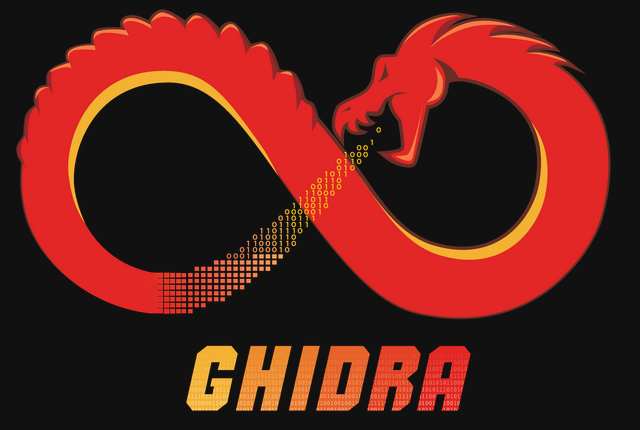
The AI Generative Explosion Has Begun and How to Survive it.
In this article we go over the current automation trends and how people can prepare and adapt to the large societal changes that are going to hit when AI begins automating everything.











